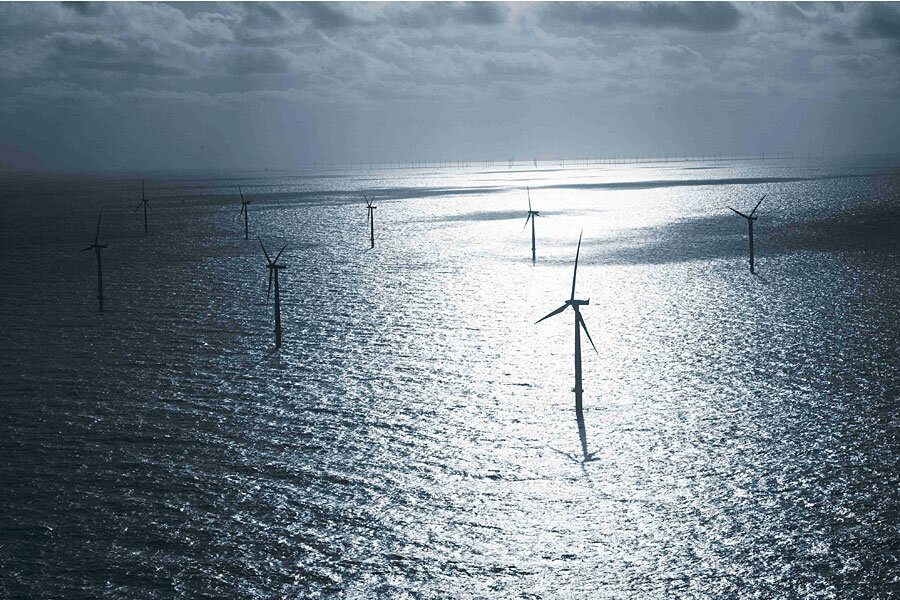World's largest offshore wind farm to power nearly half a million homes
Loading...
The largest offshore wind farm in the world will soon grace the Irish Sea.
DONG Energy announced it will build what they are calling the “Walney Extension Offshore Wind Farm,” which will produce 660 megawatts of electricity. In combination with its other sites, the company will be responsible for providing power to a whopping 12.5 million Europeans.
The project is expected be be complete in 2018, at which point it will top the London Array, another DONG offshore wind farm, by 30 megawatts.
“Walney Extension will deliver clean electricity to more than 460,000 UK homes and I’m very pleased that we can now start construction of what will be the world’s biggest offshore wind farm when completed,” said Samuel Leupold, executive vice president for DONG Energy, in a statement on the company’s website.
The site will be located about 12 miles off the west coast of Britain, nearby other DONG projects. Two different turbines will be utilized: 47 Siemens 7-megawatt units and 40 8-megawatt turbines from MHI Vestas Offshore Wind. The power coming from these turbines will be set at a fixed price for consumers during the first 15 years.
As Bloomberg reported, Britain’s ambitious emissions goals have been at odds with its recent cuts to renewable energy, but offshore wind has been largely reprieved:
The UK is banking on offshore wind to help meet its goals to reduce carbon emissions and boost its use of renewable power sources. It’s been largely spared from subsidy cuts that have affected other clean technologies since Prime Minister David Cameron’s Conservative Party won the general election in May. Since then, the government has announced plans to pare assistance to onshore wind, solar and biomass projects, while saying it’s committed to meeting Britain’s binding targets.
While wind energy is considered one of the most viable clean energy sources, it is not a solution devoid of environmental concerns. Some scientists say noise from construction and production of the sites disrupts local habitats and can even kill marine life. Moreover, turbines are known to impede bird migration routes and cause fatal collisions with the rotors.
However, as The Christian Science Monitor reported in July, offshore wind farms in the North Sea near Britain actually seem to be improving the habitat for seals:
When rooted in the ocean floor, a wind farm can become a sort of artificial reef, a home for invertebrate animals. These animals attract predators, which in turn attract species higher up the food chain, eventually leading to the fish that seals eat.
Aside from environmental factors, this latest project could have substantial economic benefits. British manufacturers and vessels will be responsible for producing and transporting turbine blades, some of the foundations and cable installation, which Leupold said will help spur local job creation.
“British offshore wind has seen phenomenal growth in recent years. A prerequisite for long term growth in the industry is, that offshore wind eventually can compete on costs with other energy technologies,” he said, adding this new project with help bring costs down and expand the supply chain in Britain.





